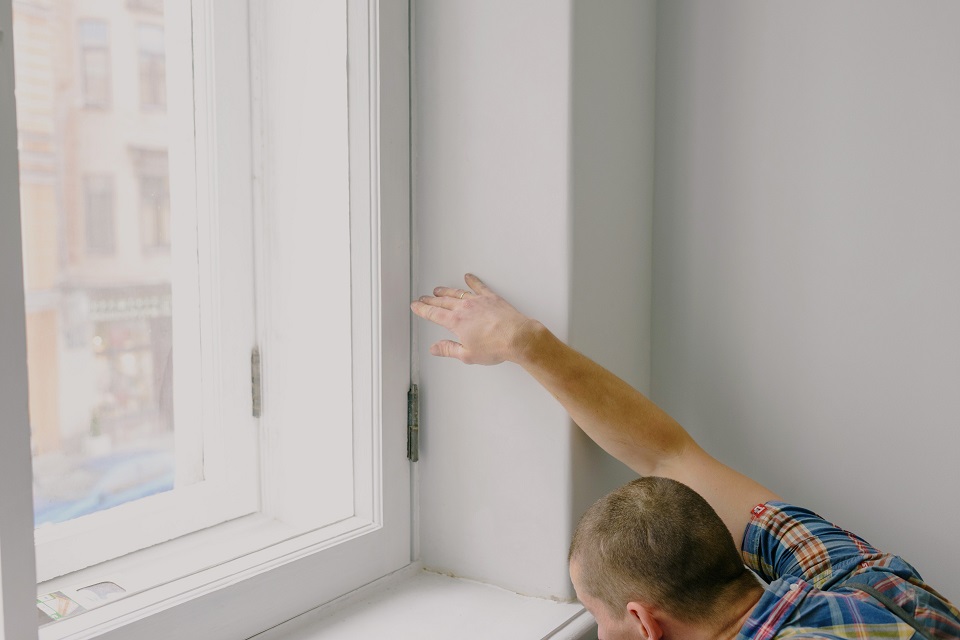Energy-efficient windows reduce home heating and cooling costs, which helps save homeowners money and reduce carbon emissions. They also improve comfort and increase the value of a home.
A wide range of options exist for window frames and glass. Frame material, u-factor (a measure of thermal transfer), and additional features are all essential considerations for energy efficiency.
Table of Contents
Double-Pane Windows
Replacement outdated windows with double-pane, energy-efficient ones is one of the most efficient ways to reduce heating and cooling expenditures. Double-pane Denver windows use two panes of glass that are each filled with an insulating gas, such as argon or Low-E, to help keep your home warm in the winter and cool in the summer.
These windows also help to cut noise pollution from outside, significantly benefiting families with young children or anyone who lives near a busy road. Having a barrier between you and the outside world can also help you sleep better since it will reduce street noise, neighbors’ lawnmowers and power tools, and other sources of unwanted sounds.
Look for windows labeled Energy Star or carry the NFRC sticker, which displays a window’s energy-efficiency ratings. The higher the rating, the more efficient the window is. Choose windows with a low U-factor to prevent heat loss and a low solar heat gain coefficient to avoid overheating.
Triple-Pane Windows
Triple-pane windows cost more than double-pane windows, but they can eventually save homeowners money on energy bills. They have more insulation to stop drafts and reduce noise. They also keep homes warmer during winter weather. It makes them a good choice for Colorado’s harsh winters.
Triple-pane windows are an excellent choice for new home construction because they help builders meet new energy codes. A recent study found that replacing existing double-pane windows with triple-pane ones saved 12% on heating bills and 28% on cooling in a pair of lab homes.
When buying triple-pane windows, look for a U-factor and SHGC rating that meets your climate zone’s requirements. A lower U-factor and SHGC number indicate a more energy-efficient window. You can also check the window’s label for its physical properties, including frame, panes, spacers, gas, and low-e coatings.
Vinyl Frames
The insulating properties of vinyl frames help energy-efficient windows keep your home comfortable and lower your utility bills. These windows block out outside heat during the summer and inside heat in the winter. They also prevent moisture and UV rays from fading fabric and wood.
When shopping for new windows, look for labels that indicate energy efficiency. The NFRC label, ENERGY STAR, and other ratings all offer information about whole-window performance. The efficiency of the window increases with a lower rating.
The best windows have multiple panes and a low U-factor. They also use spacers made of foam or other non-metallic material to prevent heat transfer. They may be filled with argon or krypton, nonreactive noble gases with a lower thermal conductivity than air. These gases are often used to insulate double- and triple-pane windows. They also reduce condensation and keep the window closer to room temperature. It helps reduce drafts and keeps the window from leaking.
Fiberglass Frames
There are a lot of buzzwords to decipher when buying new windows, but it all boils down to what’s inside the frame that counts. The most energy-efficient windows are double or triple-paned, have a Low-E glass coating, and use gas fills between the window panes (argon or krypton are typical).
The NFRC sticker shows the actual ratings, while the Energy Star label is a dependable government-backed emblem confirming that a window complies with particular energy-efficiency standards.
Aluminum frames are inexpensive but conduct heat and don’t insulate well. Vinyl balances cost and performance and hollow vinyl frames can be filled with additional insulation for enhanced efficiency. Wood frames insulate well and offer a timeless look but require regular maintenance. Composite frames combine multiple materials and are a good choice for historic homes.



